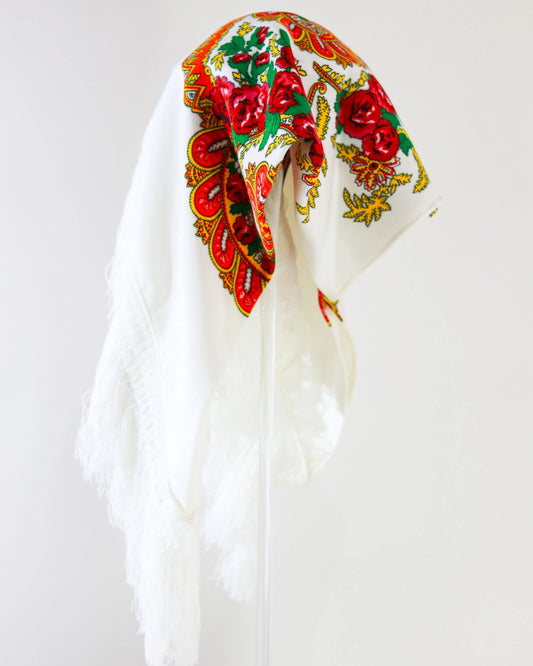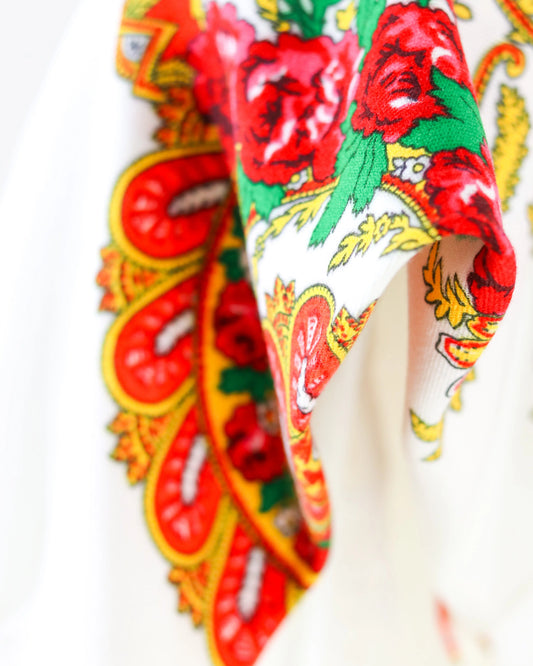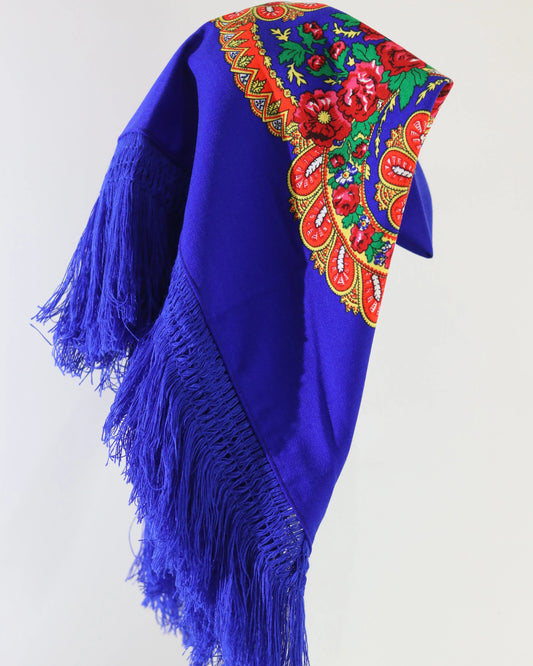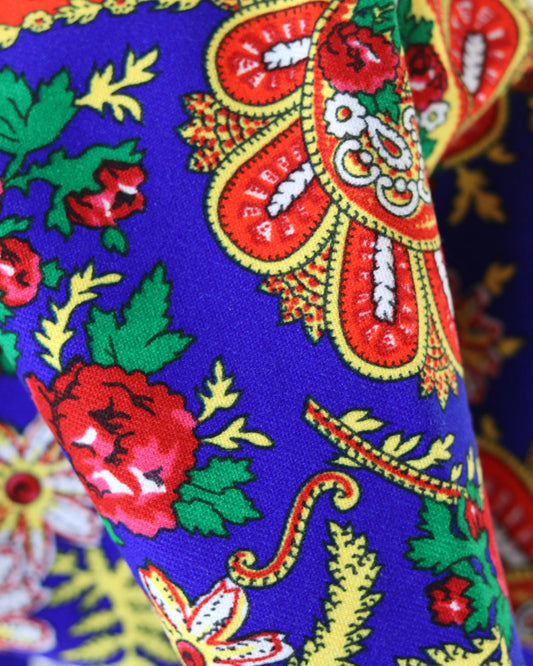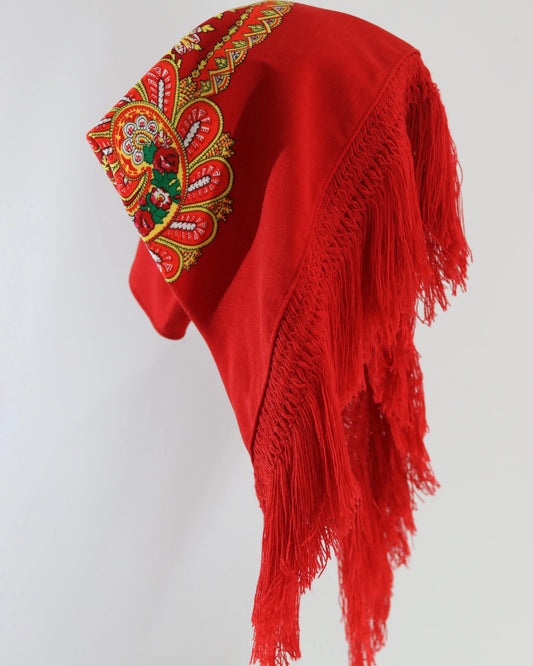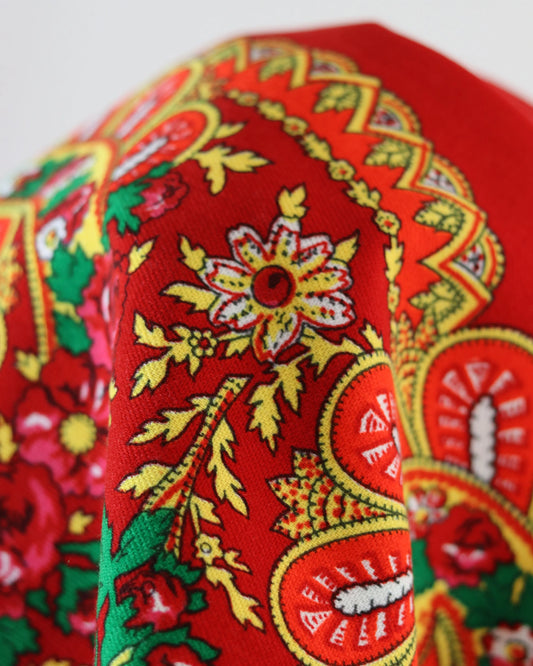Vianense devotion: bridges between the sacred and the human
Viana do Castelo has a very unique way of connecting the sky and the street. The devotion experienced there has a body, voice, flavor, and color, and is therefore more than a liturgical calendar. It is a gesture, a song, a shared work, a memory renewed every August, with every procession, with every promise fulfilled by the sea.
Roots between sea and mountains
Viana's faith is born from geography. The Lima River, the mountains, the Atlantic that fed fishermen and carried emigrants—all contributed to shaping an open and steadfast religiosity that recognizes risk and gratitude. The invocation of Our Lady of Agony gained strength in the 18th century, accompanying the lives of those who depended on the sea and its uncertainties. What began as a prayer for those departing and a blessing for those returning became an emotional and social hallmark of a city.
The brotherhoods, sisterhoods, and community centers have woven a network connecting parish and neighborhood, artisans and fishermen, stewards and musicians, pilgrims and visitors. Nothing happens in isolation: the festival is a patient, months-long process, with traditional services, band rehearsals, and committee meetings providing structure.
The party that is lived in the body
In Viana, devotion is also worn. The Viana costume, with its reds and blues, embroidered scarves, and filigree that shimmers in the sun, is no frivolous adornment. It's a language that expresses belonging, love for the land, and care for memory. The stewards, meticulous in their preparation, carry the pride of entire families and generations of lacemakers and seamstresses.
Gold, often inherited, tells stories. A Viana heart recalls a wedding, a pair of earrings recalls a grandmother. Each piece carries its weight, not only on the body but also in the biography of its wearer. Some spend months hoarding gold to complete their outfit. Others lend it, in a gesture of friendship that is also a gesture of community.
Rituals that shape the city
In the height of August, the city transforms. The streets gain color, the windows are adorned with flowers, and the balconies are adorned with flags. Liturgy fills the square, the river becomes a processional nave, and the ground becomes a palette.
Among the most anticipated moments are:
- Procession to the sea, with blessing of the boats and chorus of sirens
- Mordomia Parade, where costumes and gold create a living map of local identity
- Ethnographic Procession, which provides a stage for the crafts and dances of Alto Minho
- Dawn of bombs, which wakes the city at dawn
- Salt carpets, ephemeral and vibrant, made by patient hands during the early hours of the morning
- Giants and big heads, who open smiles and bring back childhood memories
There's a balance between the solemn Mass's solemnity and the joy of the festival. The sacred isn't confined to the church, and the human isn't kept away from the churchyard. What might seem like tension, in Viana, is a bridge.
Promises, ex-votos and the grammar of gesture
Viana's faith speaks through gestures. A promise can be a barefoot journey, a silver ex-voto, or a miniature boat left in the sacristy. The heart of Viana, offered as a gift of grace, bears a silent prayer engraved in gold.
The chapel walls hold ancient paintings depicting shipwrecks avoided and illnesses overcome. These are narratives of a direct relationship with the divine, with the frankness of those who ask for protection and the loyalty of those who give thanks. There is no shame in bringing concrete life before the altar, and perhaps therein lies one of the secrets of this devotion: the transparency with which fragilities are offered, without losing dignity.
Music, steps and the vibration of the ordinary
There's no celebration without music. Philharmonic orchestras rehearse for months, fine-tuning repertoires ranging from religious to popular, and fill the streets with wind instruments and percussion. At night, the rusgas (musical rallies) take over the squares, and the Vira de Viana (Vira de Viana) draws on those who know how and want to learn. Even those who claim to have two left feet get carried away.
The beat of bass drums marks the pulse of the city. Groups of cavaquinhos and accordions cross paths on street corners. And when fireworks explode loudly, the crowd looks up as if praying together. Whether devout or curious, everyone recognizes the strength that arises when bodies move in unison.
From shining gold to breathing lace
Devotion also becomes a craft. Viana's goldsmithing, with its delicate filigree, is renowned far beyond the Minho region. Lacemakers continue to embody a demanding tradition, in which the bobbins beat in an almost hypnotic rhythm. Viana's embroidery, with floral motifs and bold colors, lives on thanks to schools, artisans, and new brands that invest in quality without becoming too folksy.
For newcomers, it's helpful to understand what each element brings to its story. A brief comparative chart illuminates the relationships between objects and meanings.
| Element | Approximate origin | Materials | Symbolic meaning | Presence at the party |
|---|---|---|---|---|
| Heart of Viana | 18th century | Gold, filigree | Marian devotion, love and protection | Stewards' chests, offerings of promise |
| Bobbin lace | 17th century | Linen, cotton | Patience, transmission of knowledge | Scarves, aprons, costume accessories |
| Viana Embroidery | 20th century | Cotton, wool | Flowers of Minho, colors of the earth | Shirts, towels, urban decor |
| Collections and shackles | 18th-19th centuries | Gold | Family esteem, status and memory | Festive attire, legacies from grandparents to granddaughters |
| Boat miniatures | 18th century | Painted wood | Protection at sea, thanks | Ex-votos in chapels and sacristies |
If gold once made a social difference, today it's also a living heritage. Many young women continue to gradually build their own collections, blending tradition and personal taste. The tension between authenticity and innovation is discussed with healthy enthusiasm at fairs, workshops, and schools.
The house, the kitchen, the table
The festival smells like grilled sardines, steaming caldo verde, rojões (roast porridge), sarrabulho porridge, meatballs, and fresh vinho verde (green wine). The streets are lined with bars and stalls. Families spread tablecloths on makeshift tables. Friends reunite over a platter of rissoles and a lingering conversation.
Eating at a party is more than just satisfying hunger. It's sharing that seals bonds. The baker gets up early to prepare the cornbread that accompanies the octopus à lagareiro served at lunch, the confectioners assemble trays of sonhos (souvenirs) and cavacas (sweetbreads), and no one is indifferent to the convent sweets that still endure. There's economy, of course, but there's also a pedagogy of conviviality that's learned at the table.
Sacred space, living city
Viana designs its festival as if redesigning the city for a few days. Republic Square becomes an assembly hall, the shrine of Our Lady of Agony becomes a line of pledges, and the pier becomes a transept where boats are blessed. The salt carpets, so fragile, demand respect at every step. The municipal police coordinate, the committees organize, volunteers hold ropes and clear the way. All this so that the city can move without losing its soul.
There's always debate: the volume of shows, the times of the fires, the impact on residents' sleep. The maturity of a festival is measured by how it balances rest and joy, tradition and safety. The goal isn't to freeze a postcard, but to maintain a living social organism where everyone finds a place.
Sentimental calendar
Viana's devotion doesn't fit into a single weekend. It spreads throughout a cycle that marks the year and the hearts of those who live there.
- Lent: discreet Stations of the Cross and recollection in parishes
- May: Rosaries in the window, flowers on home altars
- São João and São Pedro: bonfires, basil, dances that warm up the city for August
- Summer: pilgrimages around, rehearsals, raffle ticket sales to help the party
- August: peak with Senhora da Agonia, explosion of color and encounters
- Autumn: taking stock, tidying up, fulfilling postponed promises
- Winter: nights dedicated to embroidery, resewing, polishing earrings and repairing drums
This rhythm isn't bureaucracy. It's a way of inhabiting time, of giving it texture, of dividing it into memories and expectations.
Technology, migrations and memory
Viana has learned to speak to those far away. Many Viana residents live in France, Switzerland, Luxembourg, Brazil, and Canada. In August, flights are packed, cars with foreign license plates, and accents mix at the same table. The internet has brought us even closer. Processions are broadcast live, messaging groups arrange meetings, and photographs circulate in seconds.
Some fear the rush of clicks and the temptation to turn everything into a permanent stage. But there are also benefits: digital archives, collections of songs, detailed records of costumes, memories that no longer depend solely on chance. The question is simple and challenging: how to use technology without impoverishing the experience, preserving the silence necessary for faith to breathe.
Party economy, sustainability and the near future
The festival boosts the local economy. Hotels are packed, restaurants are full, artisans are bustling with stalls, and sound and lighting companies are working tirelessly. The return is real, helping to sustain trades that would struggle outside the festive context.
However, there is growing concern for sustainability. The commissions are already testing:
- Less disposable plastic in stalls
- Selective collection at strategic points
- More efficient lighting
- Encouraging the use of public transport and peripheral parking lots
The weather complicates schedules, tourist pressure demands regulation, and safety demands planning. The strength of the festival is measured by its ability to adapt without losing substance. The participation of young people, who arrive with enthusiasm and critical thinking, is a good sign.
What moves those who participate
We often wonder what leads so many people to repeat the same gestures year after year. Perhaps the answer lies in layers.
- Identity: recognizing yourself in a community that has a face, voice and accent
- Gratitude: Thank you for protections large and small, from the successful exam to the return from the high seas
- Beauty: letting yourself be touched by a salt carpet, an embroidered scarf, a clarinet melody
- Responsibility: feeling that the party also needs everyone's time and work
- Hope: taking something home that you didn't buy, that you can't measure, but that comforts you
The combination of these motivations creates fertile ground where the sacred does not crush the human, nor does the human erase the sacred.
Brief guide for those arriving
Visitors to Viana during the festival will enjoy the experience better if they respect the local rhythm. A few simple suggestions will help immensely.
- Arrive early at the busiest spots, avoiding pushes
- Leave your car away from the historic center whenever possible.
- Do not step on salt carpets or cut processions
- Ask permission before photographing butlers up close.
- Prioritize certified craftsmanship and understand the difference between industrial pieces and traditional work
- Bring a light coat for the night, as it gets cold near the river.
- Having physical cash for small purchases, even though many already accept cards
- Try the vinho verde, yes, but in moderation, so that the night is long and good.
For those who want to learn more, the Costume Museum, the Gil Eannes ship, and the Museum of Decorative Arts are stops that open doors to history and details that rushing around can't allow you to see.
School, transmission and the lightness of teaching
Transmission doesn't happen by decree. It grows in dance groups, in philharmonic music classes, in embroidery workshops that bring together children and grandparents. A lace teacher explains how young hands learn quickly as long as they find the motivation and freedom to adapt. A conductor reminds us that the first out-of-tune clarinet is the seed of ten years of dedication. An older butler lends a handkerchief and, in the gesture, opens an entire chapter of another's life.
Formal schooling helps, but party schooling, made up of coexistence, trial and error, provides that naturalness that transforms tradition into a matter of the future.
Between the church and the street, the same breath
Perhaps the image that best describes Viana is that of a procession passing by even as, nearby, a small village already leads a lively vira. Two worlds, one city. The respect that paves the way for the float, the laughter that never stops, the hand holding the child in its lap, the old man who points and says, almost in secret, that someone lives on that side who always carries a lit candle.
As night falls, as the last bomb echoes through the Lima Valley and the smoke fades into the sky, footsteps echo on the stones, bits of salt glistening on the ground, the scent of basil still in hand. The balconies slowly close, bands arrange sheet music, and someone, on a bench near the sanctuary, prays quietly, unhurriedly. The city, tired and happy, cherishes that moment as if knowing that it is there, between the sacred and the human, that its best self is recognized.

